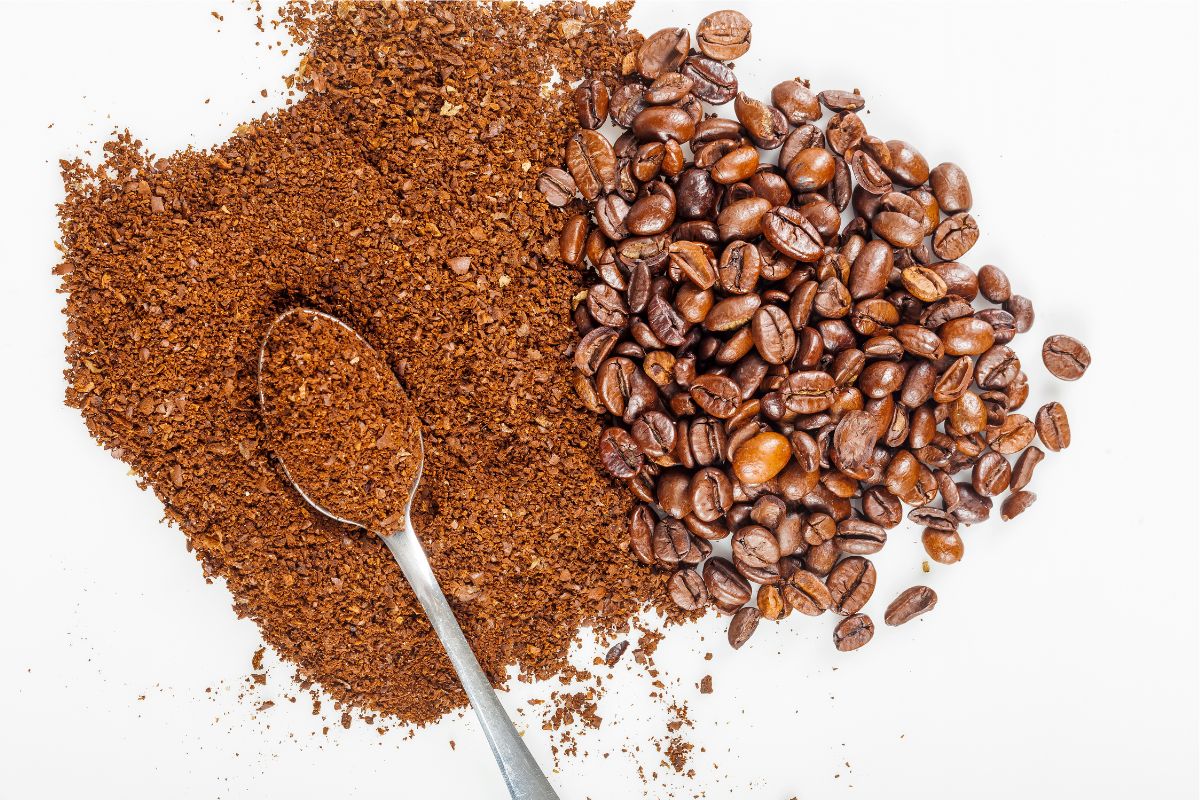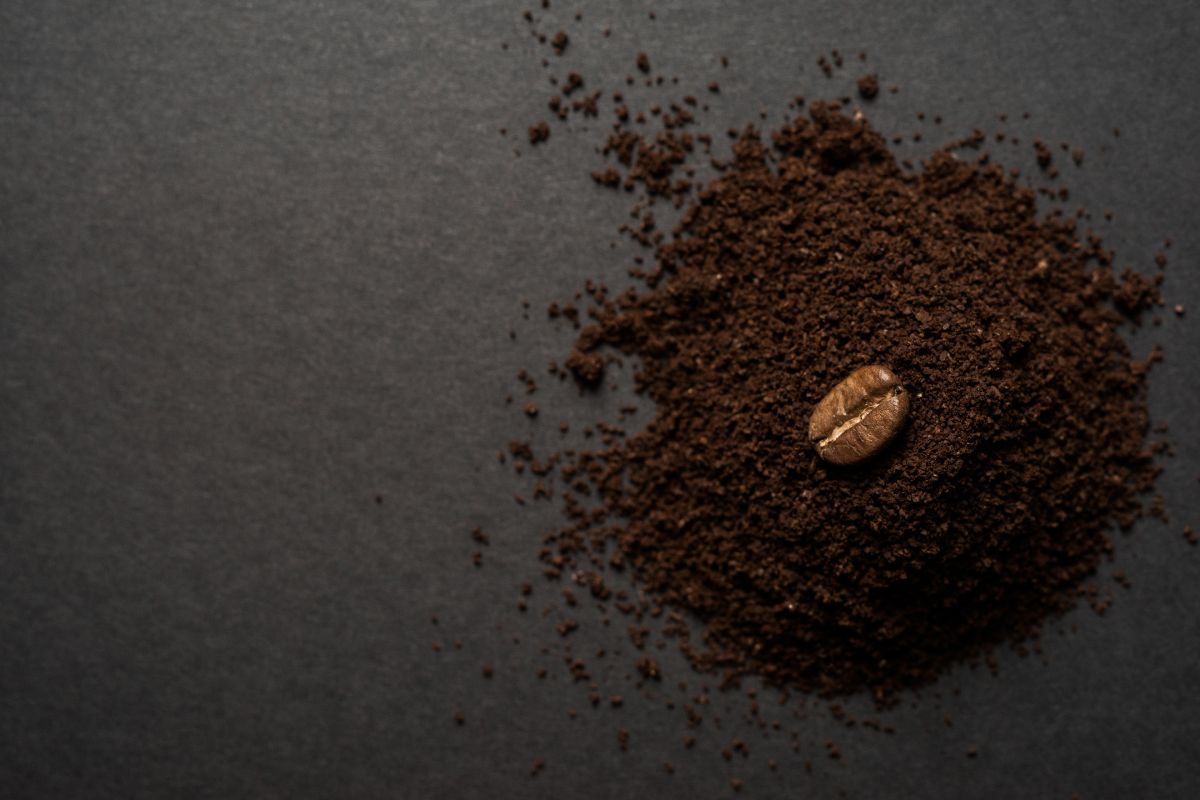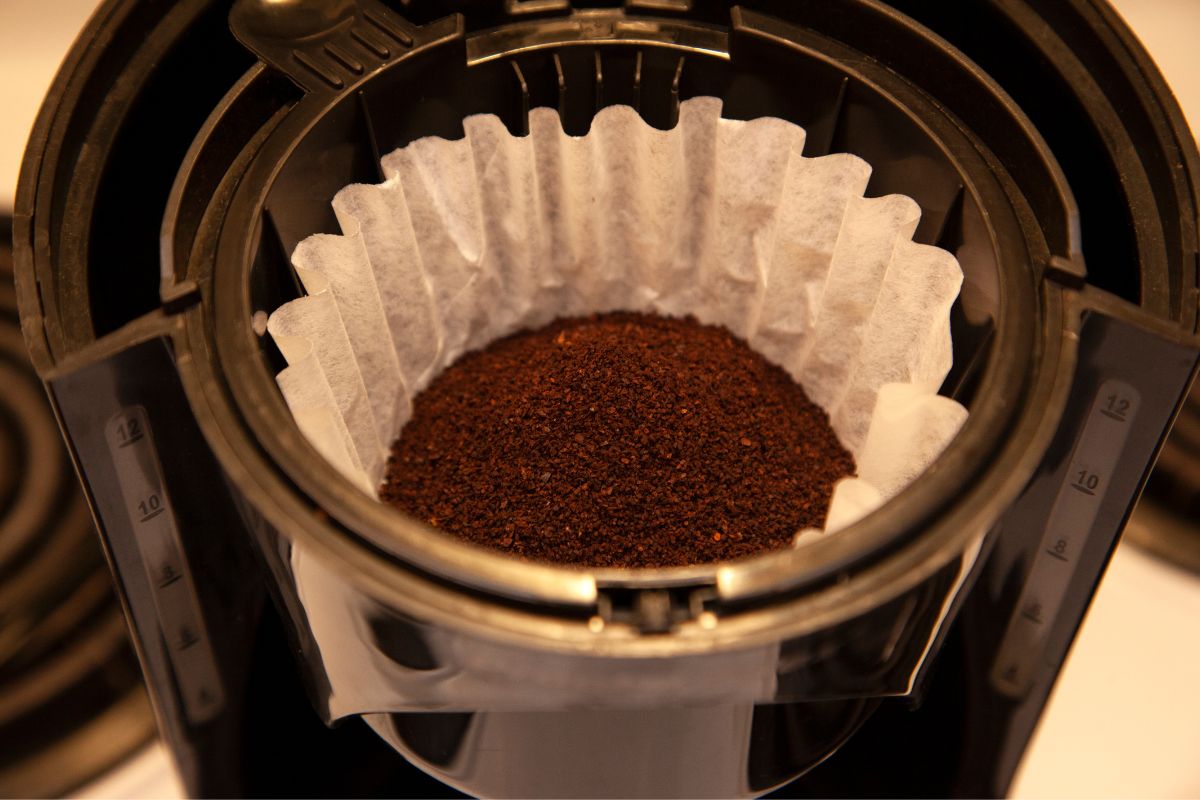The Chemex Coffee Device
Chemex coffee tastes quite similar to drip coffee, although there is a greater opportunity for error. A Chemex grind size (medium-coarse) bean is ideal for producing standard coffee.
More coarsely grind your beans than you would for a ceramic drip, and pay close attention to the pour rate to ensure the best results. A delicate, nuanced coffee produced with this attention has plenty of extra to serve to friends.

How to Use a Chemex
Measure Out Coffee
Measure 0.84 ounces (24 grams) of coffee using your digital scale. Using the ideal Chemex coffee ratio of 16:1, 0.84 ounces (24 grams) of coffee will yield about 13 ounces (384.46 milliliters) of water. Use 1.27 or 1.69 ounces (36 or 48 grams) of coffee for two persons since Chemex has a design that allows sharing frequently.
Grind the Coffee
Grind the coffee to a fineness that is medium-coarse. The setting for the Baratza Encore should be between 18 and 20. The coffee should be between the coarseness of table salt and kosher salt.
Heat Water to 195° to 205° Fahrenheit (91° to 96°Celsius)
Heat the water to 195 to 205°Fahrenheit (91 to 96°Celsius). If your kettle does not have a temperature control feature, boil the water and let it sit for 10 to 15 seconds to cool it down.
Rinse Filter
Place the paper filter in the Chemex while the water is heating, and then rinse with hot tap water. Pour out the rinsing water. Rinsing the filter aids in removing any flavor that the paper could add to the coffee.
The Chemex filter’s thicker paper makes it especially crucial to wet the filter first to prevent any paper tastes and guarantee the filter’s structural integrity in the cone.
Grind the Coffee
After rinsing the filter, add the coffee grounds, then reset the digital scale. You should be ready to start brewing the coffee at this point.
Bloom the Coffee
Make sure you cover the coffee grounds well before adding 1.76 ounces (50 grams) of hot water (or double the weight of the coffee you use) in concentric rings. Better extraction results from coffee blooming will help the beans release carbon dioxide.
Fresh coffee should rise to the shape of a dome, much like rising dough, and begin to bubble. Pouring the water slowly should take at least 20 seconds to complete. Wait another 25 seconds after adding the water.
Pour the Remaining Water Into the Coffee Gradually
Pour the remaining water into the coffee gradually. Add the remaining 11.81 ounces (335 grams) of water to the coffee in concentric circles beginning in the middle. In about two minutes, try to finish pouring the remaining water. (2:45 brew time).
Allow Water to Fully Drain Through Coffee
Allow the coffee to flow until it seems dry and is flat at the brewer’s base. After about a minute, the coffee should be through with filtering if the grind size and pour rate are both appropriate.
Swirl and Enjoy
Throw away the coffee grounds and paper filter. For equitable distribution of flavors, stir the coffee before drinking.

What is the Best Chemex Grind Size?
What is the best Chemex grind size? If you want to use a Chemex to brew your coffee, grind the beans to a medium-coarse consistency. Make sure to ground the coffee beans to a texture between medium and coarse because a Chemex configuration might be challenging to use.
How to Choose the Best Grind For Your Chemex
Coffee beans ground to a medium coarseness should resemble coarse sand or sea salt in texture. The coffee ground for a French press should be a bit finer than a coffee ground for a Chemex. Notably, the texture should resemble coarse sand rather than the typical sand with a finer grain.
Coffee will either be over- or under-extracted if your grind setting is off (or anything else is wrong).
Under-Extraction Versus Over-Extraction
Your cup of coffee won’t have adequate extraction if the beans are not ground finely enough. If the grind setting is too coarse, the coffee will pass through the Chemex too quickly.
Your coffee will be over-extracted if the beans grind too finely for the Chemex. The coffee will take a long time to pass through the Chemex when you grind too finely, clogging the filter.
For usage in your Chemex, grind the beans to a medium-coarseness that results in a perfectly balanced cup of coffee that is neither over- nor under-extracted. The level of extraction and brewing duration will work in harmony to produce great coffee.
It should brew the coffee in the Chemex between three and a half and four and a half minutes when the extraction is at the proper level. Start afresh and attempt to ground the coffee beans more finely if your brew is brewing too soon. Try a coarser grind setting if your brew takes too long and moves too slowly.
Tasting the brew may teach you much about a cup of coffee’s grind setting and extraction level. Under-extraction or overly coarsely ground coffee beans are the likely causes of weak coffee, harsh, acidic, sour flavors, or even a salty taste.
On the other side, over-extracted coffee can have overpowering tastes like bitterness or a burned flavor that are very strong and overpowering. You will not taste any of the subtle characteristics of the coffee beans if it has been over-extracted.
Burr Grinders Vs. Blade Grinders
What grind for Chemex is ideal to use? Burr grinders are more popular than blade grinders. You’re not alone if you’ve been grinding your coffee beans with a blade grinder. Burr grinders are preferable to many individuals; however, using a blade grinder is not always the best option.
Blade grinders, for example, do not produce coffee grounds that are uniform in size. Each irregularly shaped coffee grind will have a different level of extraction because some will be significantly finer than others.
The friction and heat produced by the spinning blades’ high speed are other issues with blade grinders. Your coffee grounds start to cook when the temperature rises. As a result, your coffee won’t taste as good; by the time the brewing is complete, it’ll be too hot.
Burr grinders, on the other hand, can reliably ground your beans such that every granule is the same size. Burr grinders also don’t have the friction and heat-related issues you experience with blade grinders because they operate at lower temperatures. The problems with blade grinders will be more apparent in the espresso flavor than in coffee.
If you decide to buy a burr grinder for Chemex after reading this, opt for a conical burr grinder. If it has a conical burr, either a hand grinder or an electric grinder will do.
You now know the proper grind size for Chemex (medium-coarse). Additionally, you now know to examine and adjust your coffee’s parameters, such as grind size or brew time, to produce the ideal mug of coffee.
Our Top Chemex Troubleshooting Tips
- Place the filter’s multilayered side on the Chemex’s pouring side. This guarantees the filter’s structure even when wet, preventing the filter’s collapse into the pouring spout and interference with airflow.
- If the brew time was too long, coarsen the coffee’s grind. Use a finer grind if the brew time is too brief.
- If the coffee is too bitter, it’s due to over-extraction, in which case you should coarse the coffee’s grind.
- You should use a finer grind the following time if the coffee is too weak because it can be under-extracted.

Final Thoughts
You can prepare a proper cup of coffee easily and elegantly using the Chemex recipe. You produce a rich, smooth cup of coffee by carefully brewing coffee at the appropriate temperature in a glass carafe using a cone-shaped filter.
The Chemex Brewer is an excellent option for individuals who wish to enjoy a good cup of Nobletree coffee without having to deal with filthy equipment because it is also simple to clean.
The Chemex grind process requires patience and care, but the wonderful cup of coffee it yields makes it worthwhile. Additionally, because the Chemex brewer can keep more of the coffee’s natural oils, the coffee it produces is richer and more flavorful. Read our article and find out the ONLY Coarse Coffee Grounds Chart You’ll Ever Need.

